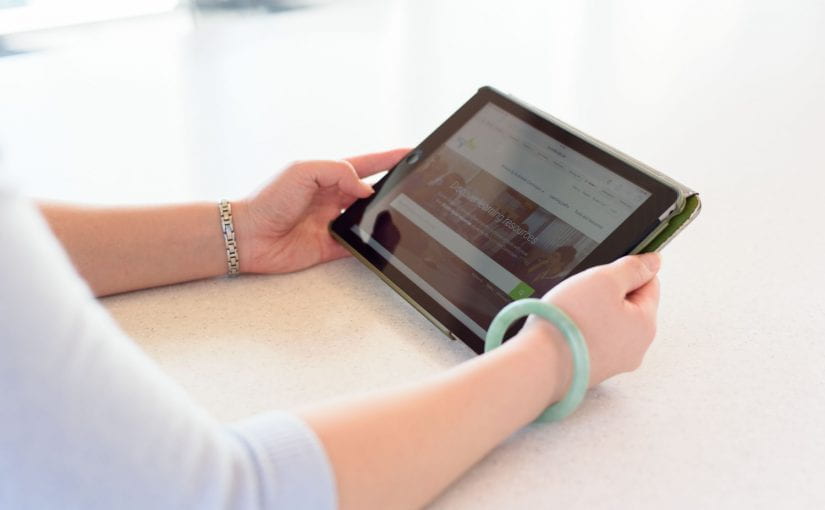By Ceinwen Jones, SCIS Cataloguer and librarian
Have you ever thought “where can I find a resource for teaching?”, then started from scratch, reinvented the wheel and later found something on the internet that would have been perfect? Sometimes there are some great things out there that we’ve forgotten about or that have just gotten lost in the noise.
We’ve put together a small list of things that might be helpful – and we’d love you to continue the discussion in the comments with resources and pages you’ve found useful yourself in your library and internet
Collection Development
The Little Bookroom – https://www.littlebookroom.com.au/
The Little Bookroom is a children’s bookshop in Melbourne and they’ve created a thriving and dynamic reading community, offering resources, events and advice for children, families and libraries to identify and choose books suited to their needs. Their website is a great resource because it has book lists and articles which give information and recommendations about topics that sometimes can be difficult to identify appropriate resources for, like:
- Books for reluctant readers
- Books with neurodiverse characters
- Books for advanced younger readers
- Books about consent, boundaries and respectful relationships
- Books about families and rainbow families
- Books about First Nations and People of Colour
…among many others. The Little Bookroom also has a newsletter for teachers and librarians. You can subscribe to hear about current events and contemporary topics in children’s literature.
Cataloguing
Trove https://trove.nla.gov.au/
This one is so useful in a library administrative sense, if you want to know more about how other libraries are classifying books (checking on a dewey number etc) or if you’re searching for a resource and you want to know which libraries have it. Then, of course, it has digitised newspapers, archived websites and some maps and images can be viewed online. It’s literally a treasure trove of information!
Curriculum support and teaching ideas
Pinterest https://www.pinterest.com.au/
Is this one even hidden? But it’s sometimes forgotten, so we’ve included it here. You’ll never have to make a library orientation scavenger hunt checklist, set up a makerspace or make a poster about how to care for library books from scratch ever again if you use Pinterest for ideas! Just go to Pinterest and search something like “resources for school libraries” or you can be more specific if you want book lists, printables, lesson plans or games. There are so many free resources out there, it’s outrageous!
#loveozya https://loveozya.com.au/
This one has lots of interactions and interviews with YA authors, and is a great way to stay up to date with news, events and trends in Australian Young Adult literature – a great resource both for teaching and for collection development.
The State Libraries
So. Many. Resources.
Sure, Trove is the National Library of Australia, but the State Libraries and the National Library of New Zealand have so much specifically for families, students and teachers…
State Library of Victoria https://www.slv.vic.gov.au/
Highlights: ergo, which has study and lesson support for teachers and students alike http://ergo.slv.vic.gov.au/
State Library of NSW https://www.sl.nsw.gov.au/
Highlights: Support and activities for learning at home https://www.sl.nsw.gov.au/learning/learning-home
State library of QLD https://www.slq.qld.gov.au/
Highlights:
Online collections particular to Queensland https://www.slq.qld.gov.au/research-collections/queensland
Curriculum Connect, free, teacher-reviewed learning resources https://curriculumconnect.slq.qld.gov.au/
State Library of WA https://slwa.wa.gov.au/
Highlights: https://www.better-beginnings.com.au/ free resources which support parents to help their children learn to read. Great if you have an in-library reading or literacy support program.
State Library of NT https://lant.nt.gov.au/
Highlights: https://lant.nt.gov.au/explore-nt-history which has documents about the history of the NT including historical indigenous word lists (as compiled by white settlers).
State Library of Tas https://libraries.tas.gov.au/Pages/Home.aspx
This site connects all of the Tasmanian libraries, so it’s like a hub of resources and events and activities for the whole state.
Highlights: https://libraries.tas.gov.au/kids/Pages/default.aspx resources including lists of websites for research and fun for parents and children – did someone say “extension activity”?
National Library of NZ https://natlib.govt.nz/
Highlights: https://natlib.govt.nz/schools which contains lots of resources for schools and students, including epic readers and topic explorers, professional development and a blog with current news and insights.
Australian Cenre for the Moving Image https://www.acmi.net.au/education/
The website for ACMI has heaps of free learning resources and lessons for teachers and students on their “Schools and Teachers” page, and they’re here to support you not only through onsite incursions but virtually as well – take a look, especially if you’re interested in gamification in the classroom, as there’s a fantastic Game Lessons library that’s just been launched. Amazing!
Social Media
#Booktok on https://www.tiktok.com/ and #Bookstagram on https://www.instagram.com/
My own kids prefer to get their reading recommendations from #booktok than from me – check it out to see what teens are reading and recommending, and what they’re talking about. If you want to focus on inclusivity and diversity in your library acquisitions, this is a great place to start. See the article from SCIS Connections Magazine issue 115, “Tiktok and Libraries: a powerful connection” for more information about Librarians on Tiktok.
The #Bookstagram hashtag will show you similar content, but on Instagram. Highlights include the accounts @booksfordiversity and @helpingkidsrise for diverse and uplifting content and @laneysbookcorner and @brookes.bookstagram for great Australian content.
These librarians and readers will inspire you and your students, presenting information about what librarians do and can do, as well as book recommendations, and generally promoting books, libraries and reading in a relatable way. They may also inspire you to start your own Tiktok – and there are plenty of “how-to” guides for this on the internet, including one by Kelsey Bogan herself.
Librarian professional development
The SCIS Blog https://scis.edublogs.org/
I know you’re already here, but really, it’s great, stay and have a look around! And it’s professional reading, if you need more hours for your Professional Learning…some highlights include:
- “Consistency matters”, an article about SCIS cataloguing, records and Standards
- Our Case Studies, in which individual schools talk about how they use SCIS, and about their libraries in general – great for ideas for your own libraries
- Articles about libraries and technology, including Improving education through linked technology, which is about integrating Storybox library with existing platforms in your school.
- Our short course Managing your library collection and catalogue which is a fantastic free short course you can do any time – it has something for everybody from those new to the library, to those experienced in cataloguing.
…and there’s much more – you can use the search box on the left-hand side to look up any topic you’re interested in.
Go ahead! Subscribe!


